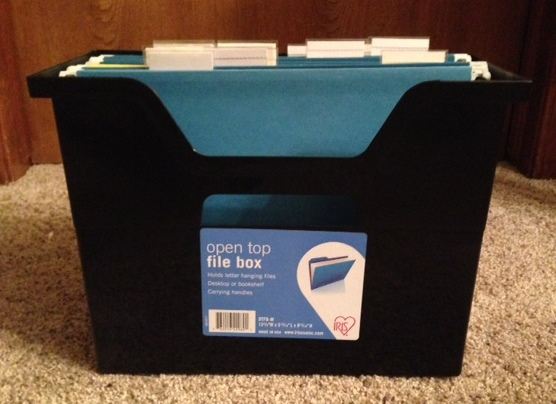by C. Elkins, OK Math and Reading Lady
Teachers realize the great benefit of working with smaller intimate groups in reading. By doing this, the teacher is able to tailor reading instruction and text levels to the needs of the students. This is a valuable time for students as well as the teacher. However, organizing a schedule and the activities for students who are not meeting with the teacher is very difficult. Then, if there is a large class (which seems to be the norm now), how can 20 students realistically be properly engaged for 45 minutes while the teacher meets with 5 . . . and move from one station to the next orderly, clean up after themselves, and do this all rather quietly?
So I have developed 6 different options which will enable the teacher to conduct small group instruction, while the other students are occupied productively. Click here to get a full description of them all, with charts and illustrations to help visualize how they are organized.PDF Center Organization Ideas For more help, search for my previous posts on Guided Reading Literacy Stations. And if you have questions or suggestions, by all means — click the comment box!!
Option #1: Traditional rotation method — students rotate every 15-20 minutes and visit each station every day (including the teacher table).
Option #2: This is a semi-flexible schedule. Students start off with a must-do desk assignment(s), followed by reading practice. Then they choose a work station. Each day is a different station. Continue reading
